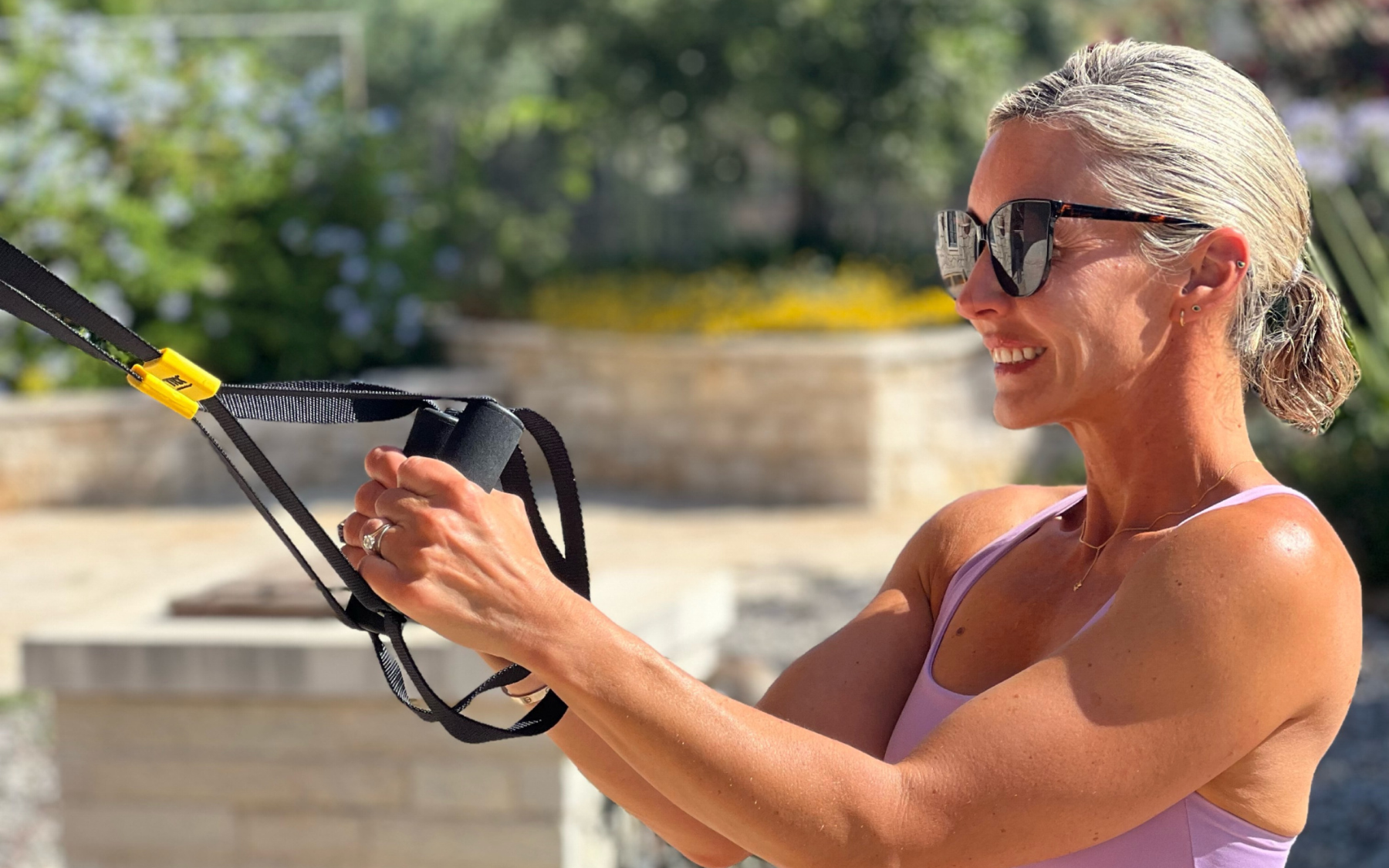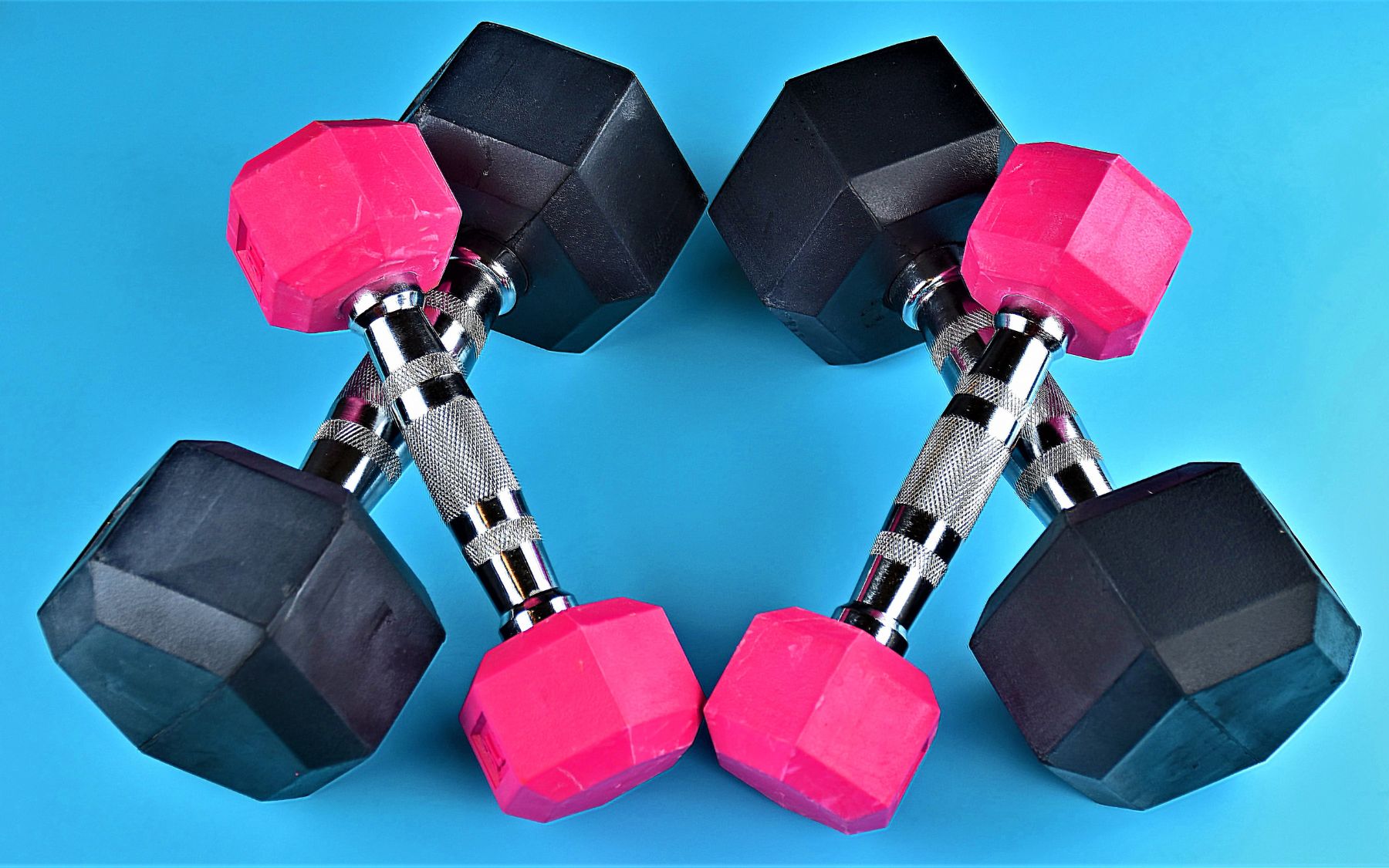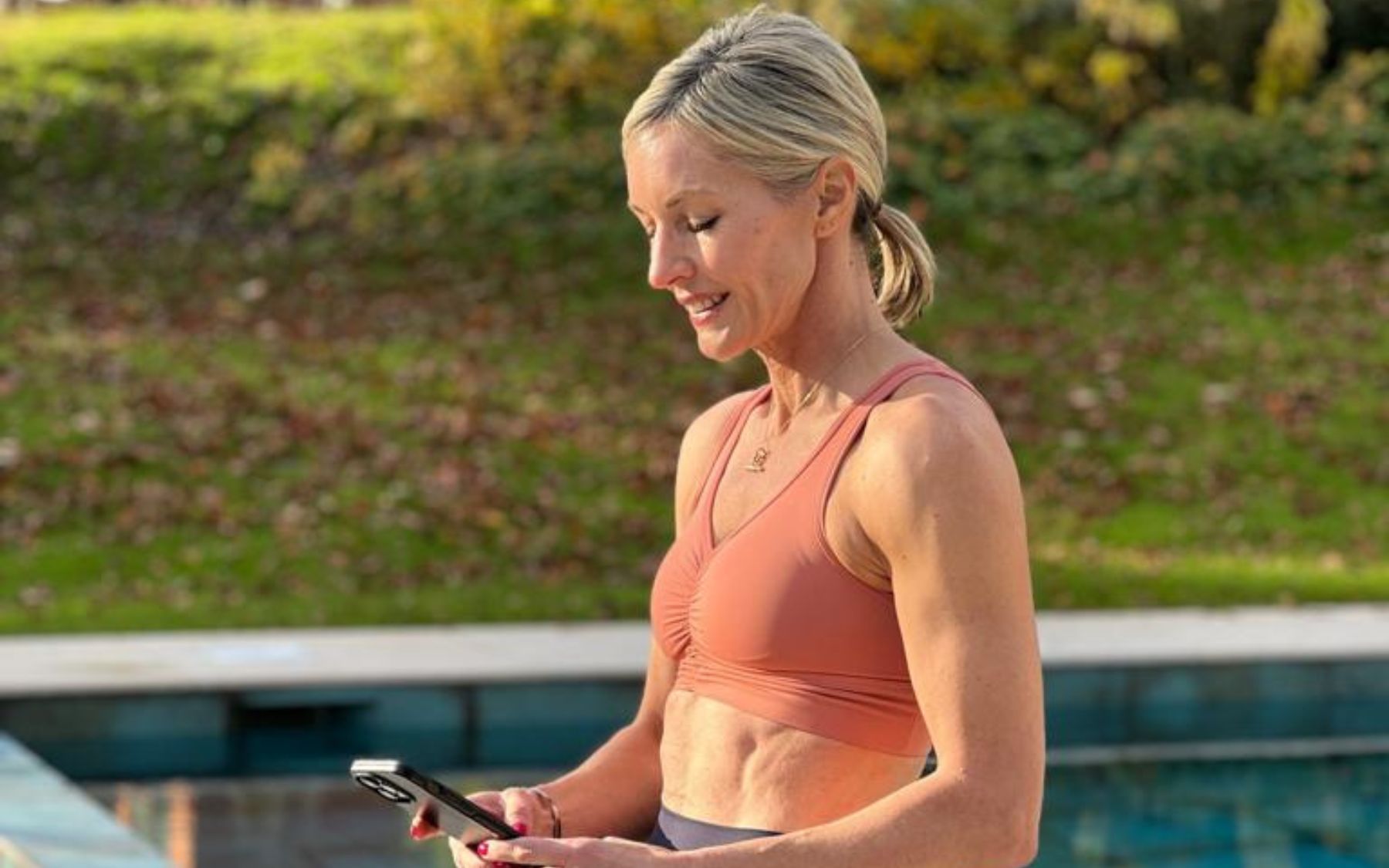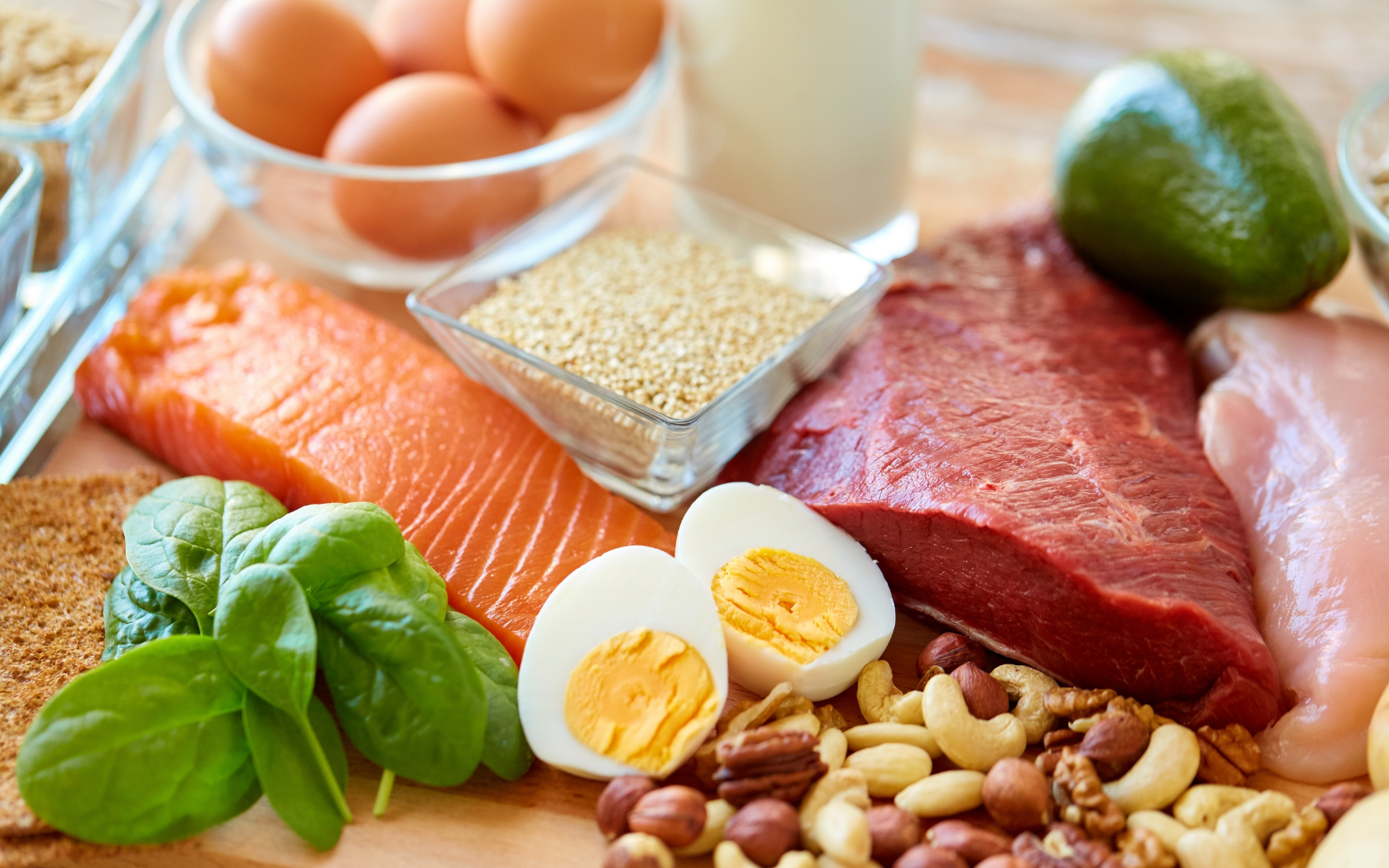The word on strength training is really spreading now which I am thrilled about – as you know I am a HUGE advocate of resistance based training especially for women as we get older. We are starting to dispel some of the age old myths regarding this way of training and seeing the true benefits of using weights.
The biggest myth I have heard when it comes to strength training, building muscle and menopause is that Women over 50 cannot improve their fitness. Which is COMPLETE MADNESS – here’s why!
Yes it may well be more challenging to build muscle in our 50s but it is far from impossible. As we age, we do become less efficient at absorbing and digesting protein (note here less efficient not we “cannot”) and as a result there is a natural decline in muscle mass as we age, combined with the drop in oestrogen during menopause. But we can offset this. Adequate protein intake combined with strength training will help your body combat these changes and if you are consistent, you will feel stronger, healthier and more on top of your game, even than you did in your 20s and 30s.
Here are my top tips to staying strong and feeling your best during your 40s, 50s and beyond:
- Use weights – dumbbells, kettlebells, barbells! Add load and resistance to your exercise routine. Strength training using weights has so many benefits from building lean muscle, enhancing bone health, reducing the risk of osteoporosis, improved metabolism, hormone balance, joint health, grip strength, posture, core strength and functional fitness. The list really could go on! You can read more on why women of all ages should strength train here. Remember to keep the challenge on with the weights you use to keep progressing. Little and often is also key – small chunks of exercise really do add up and all movement is good whatever it may be.
- Use resistance bands – these are brilliant for adding variable resistance to a workout, they’re super easy to pack so you can keep it up when on holiday or travelling for work, they are great for helping to build muscle and challenge the muscles more than just bodyweight.
- Get enough protein: You need to give your muscles enough amino acids (the constituent parts of protein) to build muscle and repair. Women (especially those lifting weights) are being recommended to have 1-1.2 g per kg body weight which is 65-78 g of protein for a 65 kg woman. It has also been suggested that an additional 0.4 g per kg bodyweight in snacks throughout the day (an additional 26g of protein) for women in midlife and beyond is optimal.
- Get your steps in – cardio is also a big part of your overall fitness even if strength training is the priority. Less Hiit and more weights. But still daily walking for mental as well as physical health is so key. Being outside in nature has so many benefits and really can be a game changer for your day.
- Finally do not forget the importance of recovery – as important as the training itself. You must rest for muscles to repair and grow.
The key point here is that the myth around building muscle and menopause is totally busted! You can, with the correct exercise plan and dietary intake build lean muscle, offset the effects of age and menopause and feel amazing. My big piece of advice is to get started, start gently, build and be consistent – those results will come.
As always any questions please get in touch.
Caroline x









